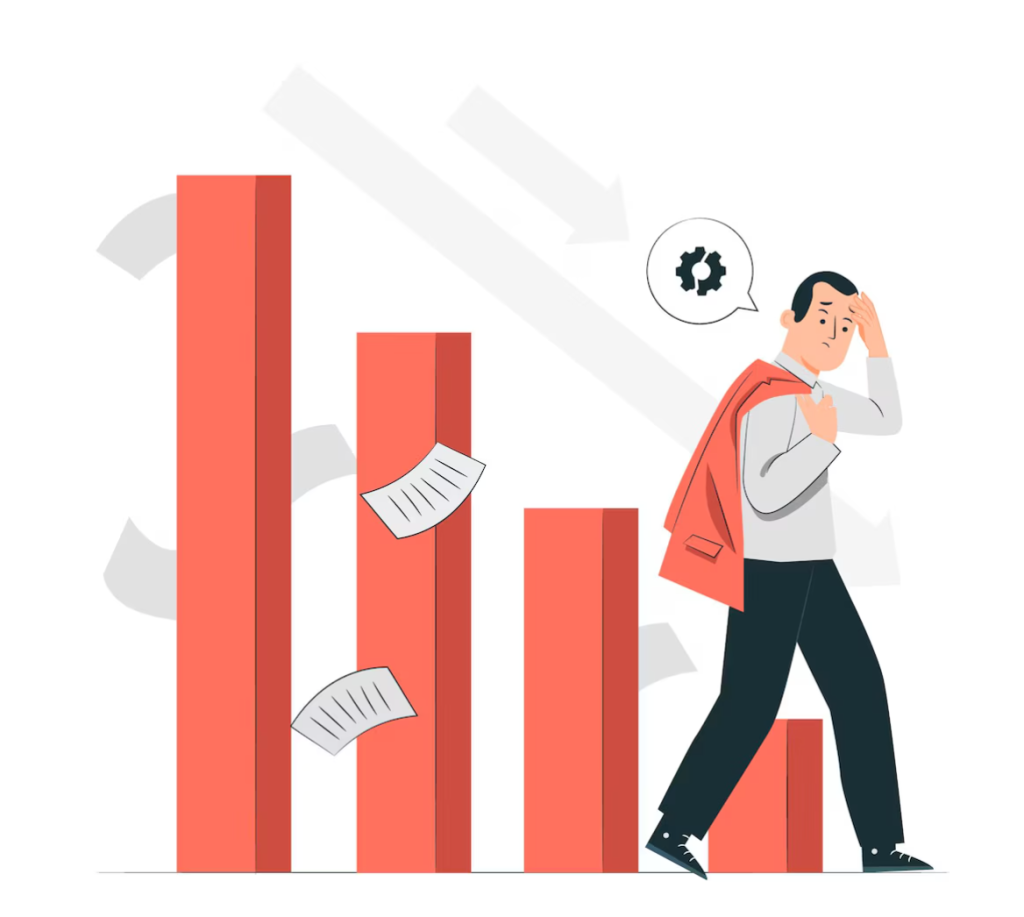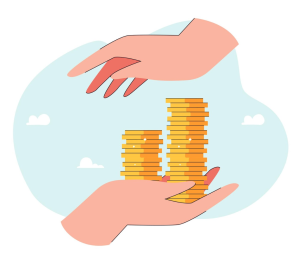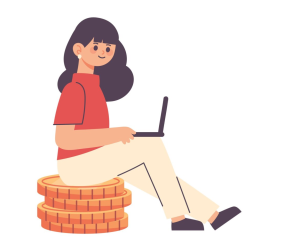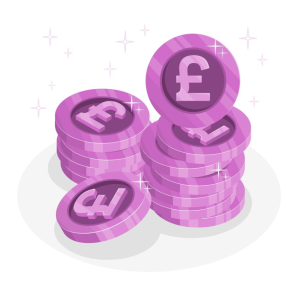Inflation has hit the Bank of England’s (BoE) target for the first time in almost three years, marking a significant milestone in the UK’s economic recovery. According to the Office for National Statistics (ONS), prices rose by 2% in the year to May, down from 2.3% in the previous month. This is a dramatic decrease from the peak inflation rate of 11.1% in October 2022, the highest level since 1981.
Key Drivers of Decline
The ONS data shows that the biggest factors driving inflation down were food, recreation and culture, and household goods. However, petrol prices exerted upward pressure. Core CPI inflation, which excludes energy, food, alcohol, and tobacco, was 3.5%, down from 3.9% in April. The CPI services rate also fell, from 5.9% to 5.7%.
Industry Reactions
Steve Vaid, Chief Executive of the Money Advice Trust, expressed cautious optimism:
“Inflation may be falling but many households, especially those on the lowest incomes, are still under significant financial strain. Our National Debtline advisers continue to hear from people grappling with debts for essential costs including energy, council tax, and rent or mortgage repayments. Supporting people who are struggling with the financial fallout of the cost of living crisis needs to be a priority for the next Government.”
Simon Webb, Managing Director of Capital Markets and LiveMore, highlighted the implications for monetary policy:
“Inflation has eased to 2% in May, hitting the Bank of England’s official target for the first time since July 2021. Core inflation, which removes food and energy prices, was also down to 4.2% from 4.4%, and plays a key part in the Monetary Policy Committee’s interest rate decisions. The question is will it be enough to bring it down? And if it does will this be a big win for the Conservatives? Likely it will not be enough for either outcome.”
Andy Mielczarek, Founder and CEO of SmartSave, remarked on the broader economic sentiment:
“Finally reaching the target rate of 2% suggests that the Bank of England’s cautious approach to cutting interest rates is working. A year ago, this news would have been cause for celebration. So why does the mood seem so low? The cost-of-living crisis is far from over, as inflation has proved frustratingly sticky. The cost of essential items and household bills are still dangerously high, and debt repayments continue to weigh on household incomes.”
Economic and Financial Impacts
Richard Carter, CEO of Lenvi, pointed out the potential benefits for consumers and businesses:
“Inflation hitting its target of 2% for the first time in almost three years represents a major milestone for the Bank of England and for consumers, who will have been put off making big purchases like cars or buying a house – although still having to borrow for essential costs. Our latest data on borrowing habits found that over a quarter of people (26%) have borrowed money to make their month-to-month costs more manageable, with 14% borrowing specifically for bills.”
James Smith, Research Director at the Resolution Foundation, noted the ongoing challenges despite the positive headline figures:
“It’s very welcome to see headline CPI inflation falling back to its 2% target for the first time since July 2021. And while the UK experienced a higher inflation peak during the cost-of-living crisis, it has now got back to target more quickly than either the US or euro area. But the legacy of a long period of very high inflation means there is unlikely to be much of a feel-good factor among families, as they continue to struggle with the higher cost of essentials.”
Future Outlook
The fall in inflation to the BoE’s target has raised expectations for potential interest rate cuts. However, many industry experts remain cautious about the immediate impact on consumer sentiment and business confidence. The upcoming interest rate decision by the Bank of England will be closely watched, as it could signal further adjustments to monetary policy aimed at stabilizing the economy.
Susannah Streeter, Head of Money and Markets at Hargreaves Lansdown, summarized the broader economic landscape:
“It’s been a long time coming, but finally inflation has hit the Bank of England’s target. The last time inflation stood at 2% was in the run-up to the Euros in July 2021. The effect of unemployment ticking up to 4.4% in April may have made some workers more cautious in their spending patterns. The risk is that if borrowing costs stay high through the summer, the economy may struggle to shift meaningfully out of stagnation mode.”
Conclusion
The significant drop in inflation to a three-year low is a positive development for the UK economy, reflecting the effectiveness of recent monetary policies. However, the cost-of-living crisis continues to exert pressure on households, and the path to full economic recovery remains uncertain. The Bank of England’s upcoming decisions will play a crucial role in shaping the economic landscape in the coming months.






